Cloud Seeding
입력 2019.01.24 (15:36)
수정 2019.01.24 (15:46)
읽어주기 기능은 크롬기반의
브라우저에서만 사용하실 수 있습니다.
[Anchor Lead]
Severe air pollution has become a serious daily issue in Korea. In a bid to fight smog, the Korean government has decided to conduct a cloud seeding experiment to reduce dust concentration in the air.
[Pkg]
This is an image of cloud seeding that China conducted last year. Its purpose was to create cloud condensation to increase the amount of precipitation as a way to fight air pollution. A cloud seeding experiment will soon be conducted in Korea as well. Several cloud seeding experiments have been conducted in the inland regions of Korea before, but the upcoming experiment will take place in the skies over the west coast of Korea to check if cloud seeding can block smog from China. First, a meteorological aircraft will disperse silver iodide in the clouds before measuring changes in the amount of precipitation. Simultaneously, reductions in dust concentration will be analyzed via marine and land monitoring networks.
[Soundbite] Joo Sang-won(National Institute of Meteorological Sciences) : "Given the high public interest in air quality and artificial precipitation, we will disperse cloud seeds to analyze changes in rain particles and smog reduction in a joint effort with the Ministry of Environment."
Large amounts of precipitation are known to reduce dust concentration in the air. The problem is how much it will rain. Previous studies show that smog can be washed away when there is more than 10mm of rainfall per hour for at least two hours. However, today's cloud seeding technologies developed by China, the U.S. and other countries can only produce a maximum of one millimeter of rain per hour. Some even say that artificial rainfall can even exacerbate smog by raising humidity levels.
[Soundbite] Chang Yun-seok(National Institute of Environmental Research) : "If there is little rain, it may result in more aerosol and cause an increase in fine dust concentration."
Despite criticism that the upcoming experiment may end as a one-off event, the government says that it will serve as a starting point for technological development.
Severe air pollution has become a serious daily issue in Korea. In a bid to fight smog, the Korean government has decided to conduct a cloud seeding experiment to reduce dust concentration in the air.
[Pkg]
This is an image of cloud seeding that China conducted last year. Its purpose was to create cloud condensation to increase the amount of precipitation as a way to fight air pollution. A cloud seeding experiment will soon be conducted in Korea as well. Several cloud seeding experiments have been conducted in the inland regions of Korea before, but the upcoming experiment will take place in the skies over the west coast of Korea to check if cloud seeding can block smog from China. First, a meteorological aircraft will disperse silver iodide in the clouds before measuring changes in the amount of precipitation. Simultaneously, reductions in dust concentration will be analyzed via marine and land monitoring networks.
[Soundbite] Joo Sang-won(National Institute of Meteorological Sciences) : "Given the high public interest in air quality and artificial precipitation, we will disperse cloud seeds to analyze changes in rain particles and smog reduction in a joint effort with the Ministry of Environment."
Large amounts of precipitation are known to reduce dust concentration in the air. The problem is how much it will rain. Previous studies show that smog can be washed away when there is more than 10mm of rainfall per hour for at least two hours. However, today's cloud seeding technologies developed by China, the U.S. and other countries can only produce a maximum of one millimeter of rain per hour. Some even say that artificial rainfall can even exacerbate smog by raising humidity levels.
[Soundbite] Chang Yun-seok(National Institute of Environmental Research) : "If there is little rain, it may result in more aerosol and cause an increase in fine dust concentration."
Despite criticism that the upcoming experiment may end as a one-off event, the government says that it will serve as a starting point for technological development.
■ 제보하기
▷ 카카오톡 : 'KBS제보' 검색, 채널 추가
▷ 전화 : 02-781-1234, 4444
▷ 이메일 : kbs1234@kbs.co.kr
▷ 유튜브, 네이버, 카카오에서도 KBS뉴스를 구독해주세요!
- Cloud Seeding
-
- 입력 2019-01-24 15:37:23
- 수정2019-01-24 15:46:25
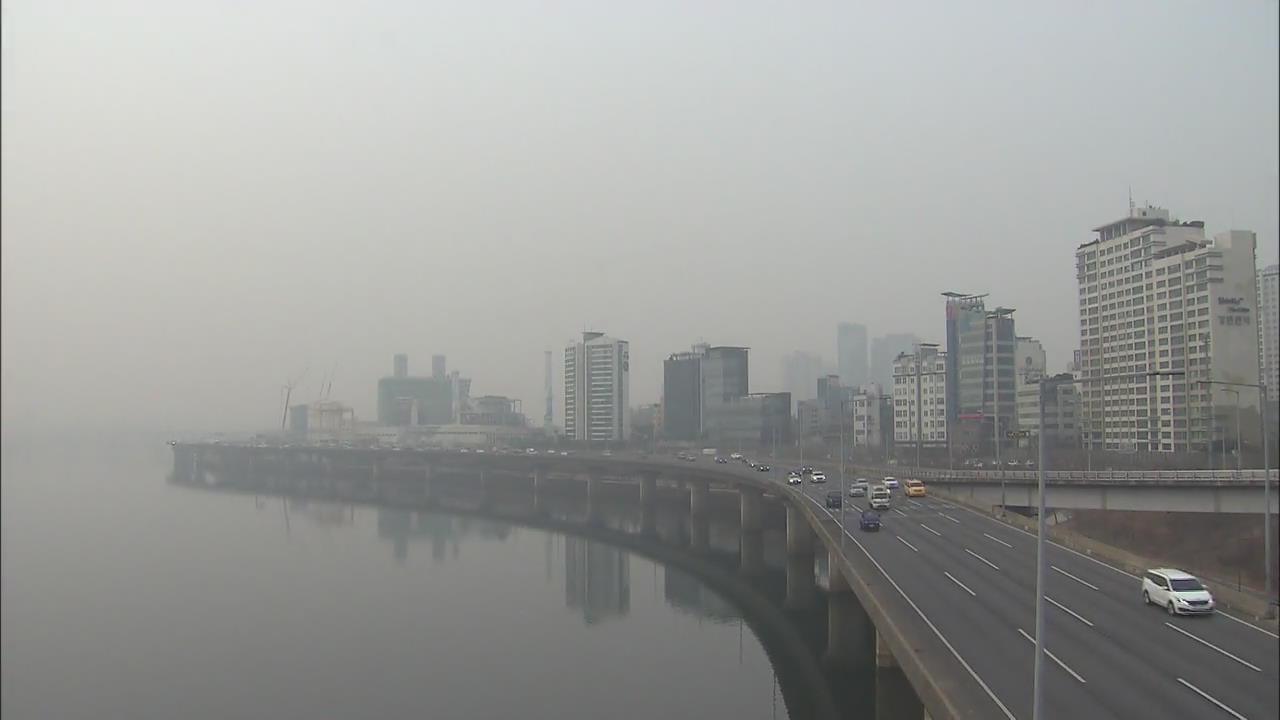
[Anchor Lead]
Severe air pollution has become a serious daily issue in Korea. In a bid to fight smog, the Korean government has decided to conduct a cloud seeding experiment to reduce dust concentration in the air.
[Pkg]
This is an image of cloud seeding that China conducted last year. Its purpose was to create cloud condensation to increase the amount of precipitation as a way to fight air pollution. A cloud seeding experiment will soon be conducted in Korea as well. Several cloud seeding experiments have been conducted in the inland regions of Korea before, but the upcoming experiment will take place in the skies over the west coast of Korea to check if cloud seeding can block smog from China. First, a meteorological aircraft will disperse silver iodide in the clouds before measuring changes in the amount of precipitation. Simultaneously, reductions in dust concentration will be analyzed via marine and land monitoring networks.
[Soundbite] Joo Sang-won(National Institute of Meteorological Sciences) : "Given the high public interest in air quality and artificial precipitation, we will disperse cloud seeds to analyze changes in rain particles and smog reduction in a joint effort with the Ministry of Environment."
Large amounts of precipitation are known to reduce dust concentration in the air. The problem is how much it will rain. Previous studies show that smog can be washed away when there is more than 10mm of rainfall per hour for at least two hours. However, today's cloud seeding technologies developed by China, the U.S. and other countries can only produce a maximum of one millimeter of rain per hour. Some even say that artificial rainfall can even exacerbate smog by raising humidity levels.
[Soundbite] Chang Yun-seok(National Institute of Environmental Research) : "If there is little rain, it may result in more aerosol and cause an increase in fine dust concentration."
Despite criticism that the upcoming experiment may end as a one-off event, the government says that it will serve as a starting point for technological development.
Severe air pollution has become a serious daily issue in Korea. In a bid to fight smog, the Korean government has decided to conduct a cloud seeding experiment to reduce dust concentration in the air.
[Pkg]
This is an image of cloud seeding that China conducted last year. Its purpose was to create cloud condensation to increase the amount of precipitation as a way to fight air pollution. A cloud seeding experiment will soon be conducted in Korea as well. Several cloud seeding experiments have been conducted in the inland regions of Korea before, but the upcoming experiment will take place in the skies over the west coast of Korea to check if cloud seeding can block smog from China. First, a meteorological aircraft will disperse silver iodide in the clouds before measuring changes in the amount of precipitation. Simultaneously, reductions in dust concentration will be analyzed via marine and land monitoring networks.
[Soundbite] Joo Sang-won(National Institute of Meteorological Sciences) : "Given the high public interest in air quality and artificial precipitation, we will disperse cloud seeds to analyze changes in rain particles and smog reduction in a joint effort with the Ministry of Environment."
Large amounts of precipitation are known to reduce dust concentration in the air. The problem is how much it will rain. Previous studies show that smog can be washed away when there is more than 10mm of rainfall per hour for at least two hours. However, today's cloud seeding technologies developed by China, the U.S. and other countries can only produce a maximum of one millimeter of rain per hour. Some even say that artificial rainfall can even exacerbate smog by raising humidity levels.
[Soundbite] Chang Yun-seok(National Institute of Environmental Research) : "If there is little rain, it may result in more aerosol and cause an increase in fine dust concentration."
Despite criticism that the upcoming experiment may end as a one-off event, the government says that it will serve as a starting point for technological development.
이 기사가 좋으셨다면
-
좋아요
0
-
응원해요
0
-
후속 원해요
0










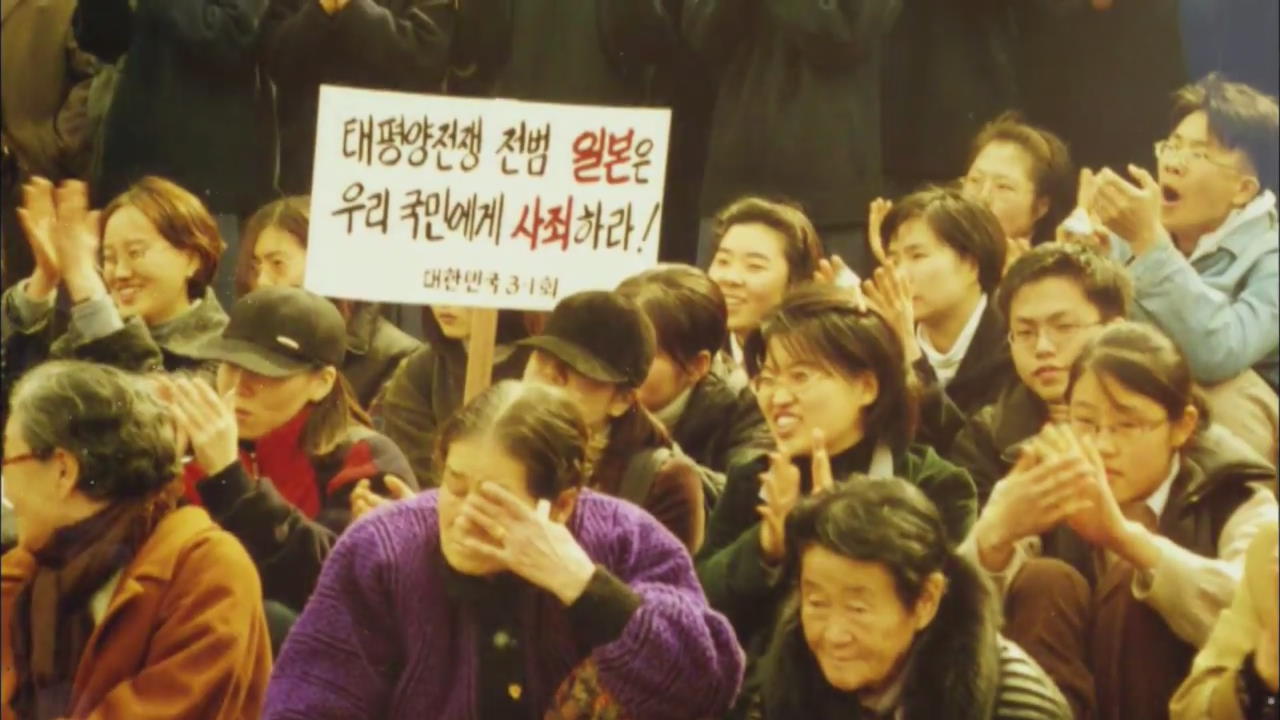
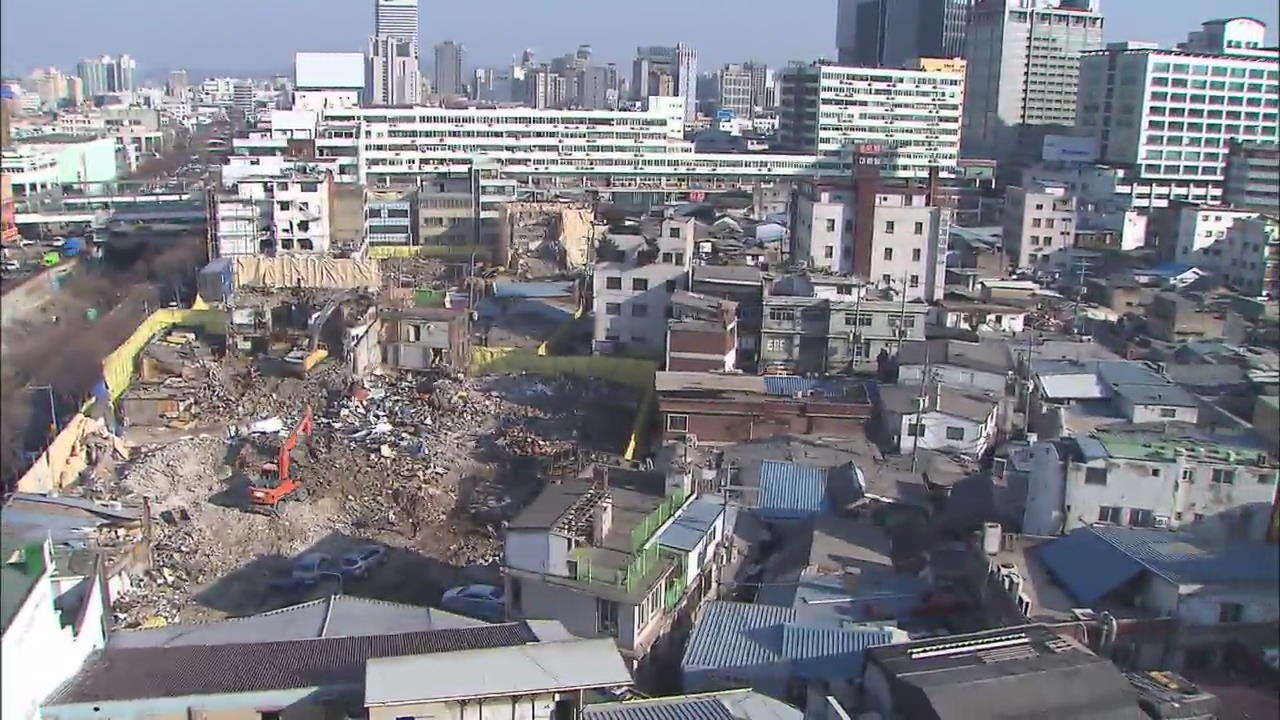
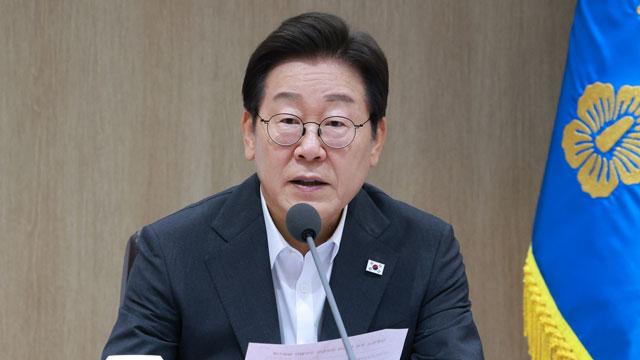
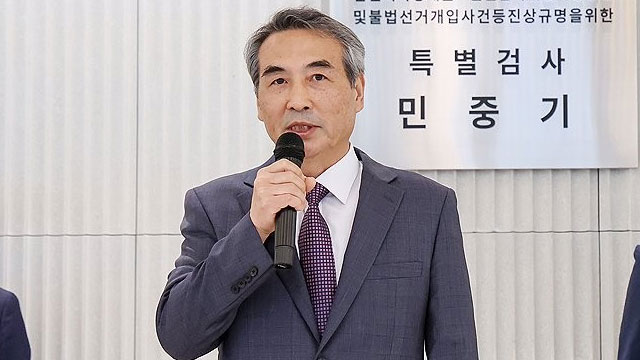
![[단독] 위성락 실장 “전작권 협상 카드 아냐…카드로 써서도 안 돼”](/data/layer/904/2025/07/20250713_uwNBPL.jpg)
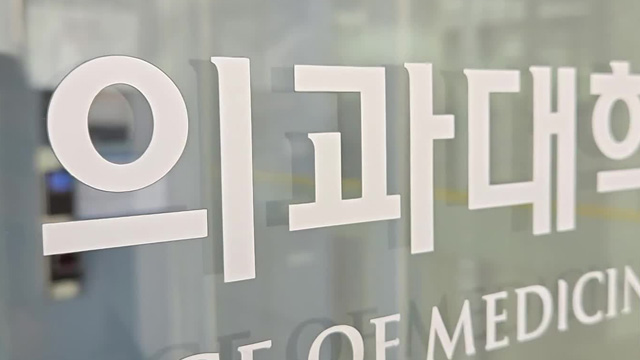

이 기사에 대한 의견을 남겨주세요.